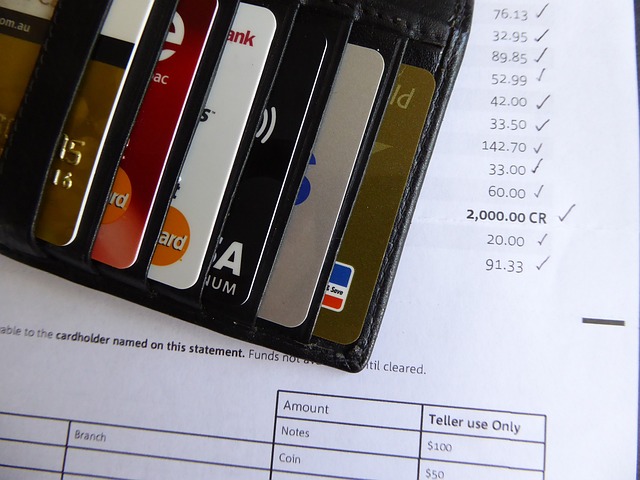A credit card statement is an essential document for credit cardholders. The primary purpose of this document is to provide a detailed summary of all the transactions associated with the respective credit card. It includes the purchases and payments made by the credit cardholder. Additionally, it acts as a fall-back document in case of a transaction-related discrepancy between the cardholder and the credit card issuing institution. With the advent of online banking, credit card statements are getting converted into e-statements rapidly. The e-statements are shared online, while the regular credit card statements come in a physical hard copy via postal or courier services.
Banking and financial services have made their offerings more accessible by infusing highly efficient technology into their processes. All banking features are now available at customers’ fingertips, and the same applies to credit cards. This article details some of the best practices to efficiently manage online credit card e-statements and the benefits one can avail.
Customers who have opted to receive an e-statement for their credit card transaction can follow these simple tips:
1. Review the monthly credit card e-statements
The customers should review the e-statements before paying their credit card dues. The benefits here are numerous. It helps the users to:
- identify any discrepancies
- spot illegal usage/unidentified spending
- draw a pattern around their spending
- know the deadline to pay the dues
2. Create a repository
The e-statements are sent to the registered email IDs of the customers every month. It covers all their transactions during the monthly cycle. Credit cardholders should habitually save these monthly e-statements into a personal folder. Doing this allows them to build a repository of e-statements that can be retrieved anytime. It is especially beneficial to retrieve the e-statement even when the users are not connected to the internet. By following this organised approach, the customers can learn exactly where to look for the e-statements and save time.
3. Organise the credit card e-statements
This is a step ahead of saving the e-statements. Organising the e-statements into folders segregated by months or years can help users save time during retrieval. Furthermore, customers with different credit card accounts and who receive multiple e-statements benefit more by organising their records. Possessing an organised repository holds a significant advantage when the customers need to retrieve data for personal analysis or submission of e-statements for official purposes.
4. Contact information
People have multiple email IDs, a mix of personal and official emails. However, the users may not monitor the different mailboxes regularly. Credit card users should ensure that their e-statements come in a regularly monitored mailbox. Additionally, any change in the email ID should be promptly updated by the user on their credit card accounts. Missing to do so or mapping the credit card e-statements to mailboxes that remain unmonitored can result in losing the e-statements and potentially missing out on the payment schedules. So, it is essential to keep contact information updated.
5. Secured devices
The e-statement consists of personal and confidential details of the credit cardholder. It can be misused if it falls into the wrong hands. So, the users must save their e-statements or other financial information on highly secured devices. The devices should be password-protected, have built-in firewalls, and be mainly in the individual’s possession. As an additional layer of security, the users can build a healthy practice of changing their passwords periodically.
6. Interim review
Credit card users should also monitor their accounts periodically within their billing cycle. For example, a weekly or biweekly review of their spending and other activities before the e-statement gets generated can be a good practice. It helps the users keep their spending in check and help them plan their finances better. It also helps the users analyse and identify areas where they can spend more efficiently.
7. Maintain a spreadsheet/personal database
Credit cardholders who are particular about their finances and hold different credit card accounts can benefit by incorporating this practice. In addition to the e-statements, they can also create an excel spreadsheet or a database in any other form which comprises the payment/billing information relating to each credit card account for different months. While the e-statement brings out a detailed overview of the spending, a personal database like this can help cardholders compare the usage of different credit cards and gauge the overall expenses. They can carry out a wide range of other analyses with this data, such as a month-on-month spending comparison across accounts and comparing the spending on one credit card to another.
Conclusion
One of the primary requirements of customers looking for the best credit card in India would be an easily accessible online process and e-statements that can be retrieved as per their requirements. Opting for an e-statement is commonly preferred over receiving a physical copy by many users. It is much easier to store and environmentally friendly, considering the reduction in paper usage. Credit card users can use the above-mentioned best practices to manage their e-statements.
Also read:

1 Comment